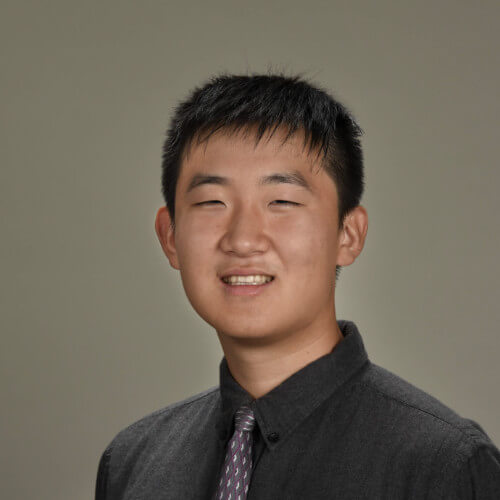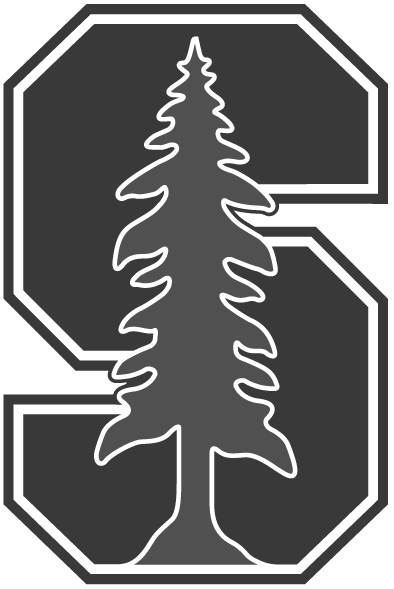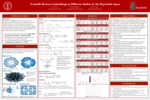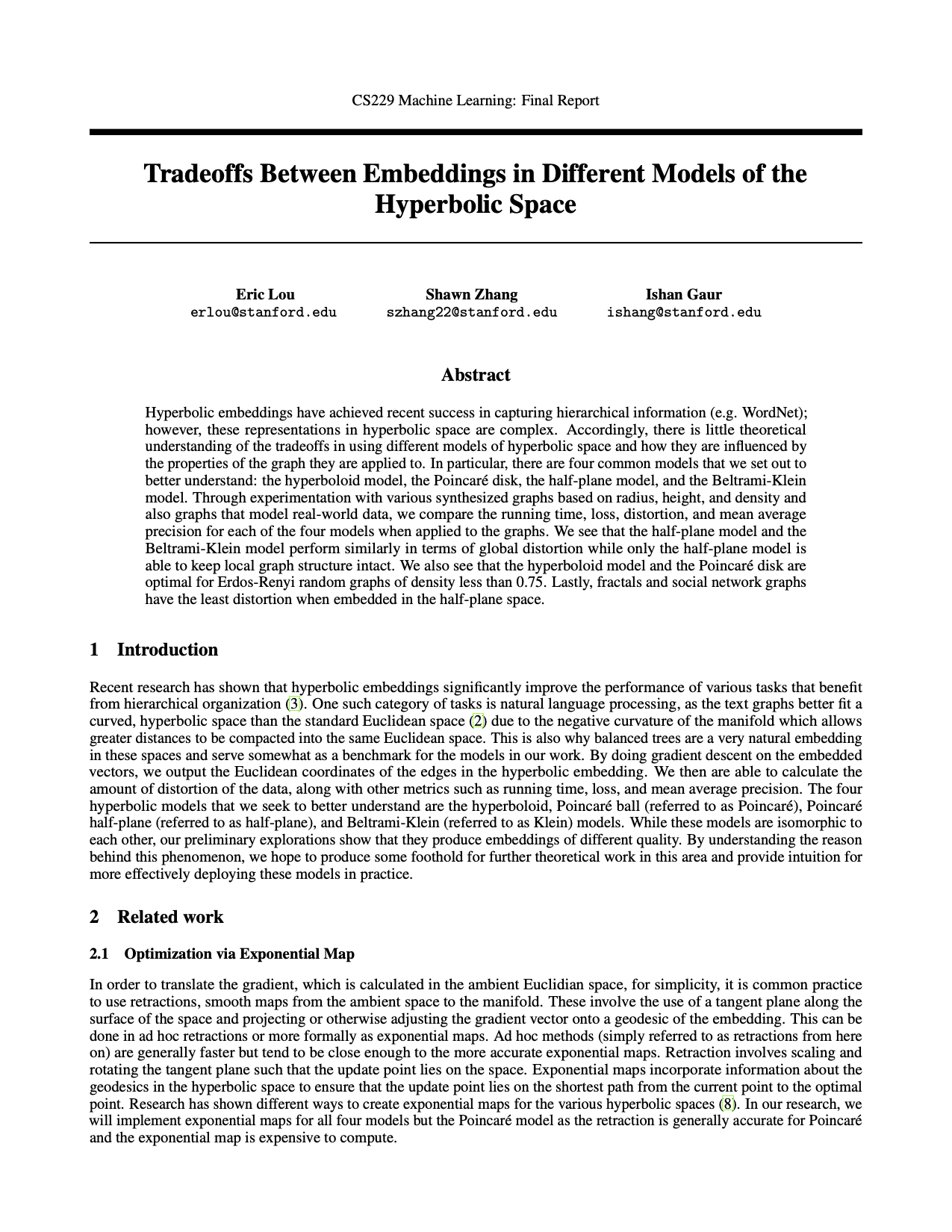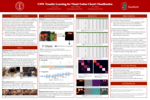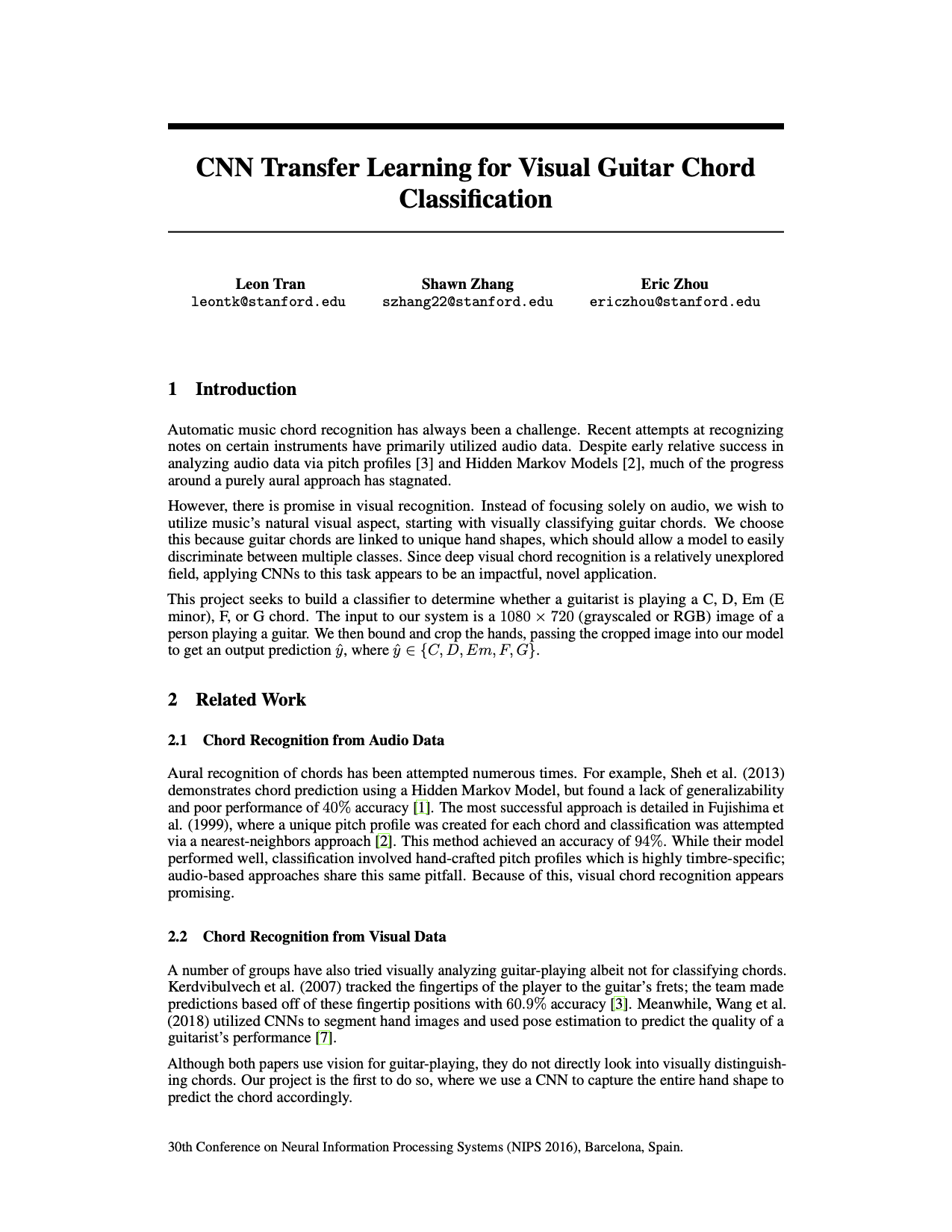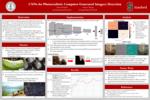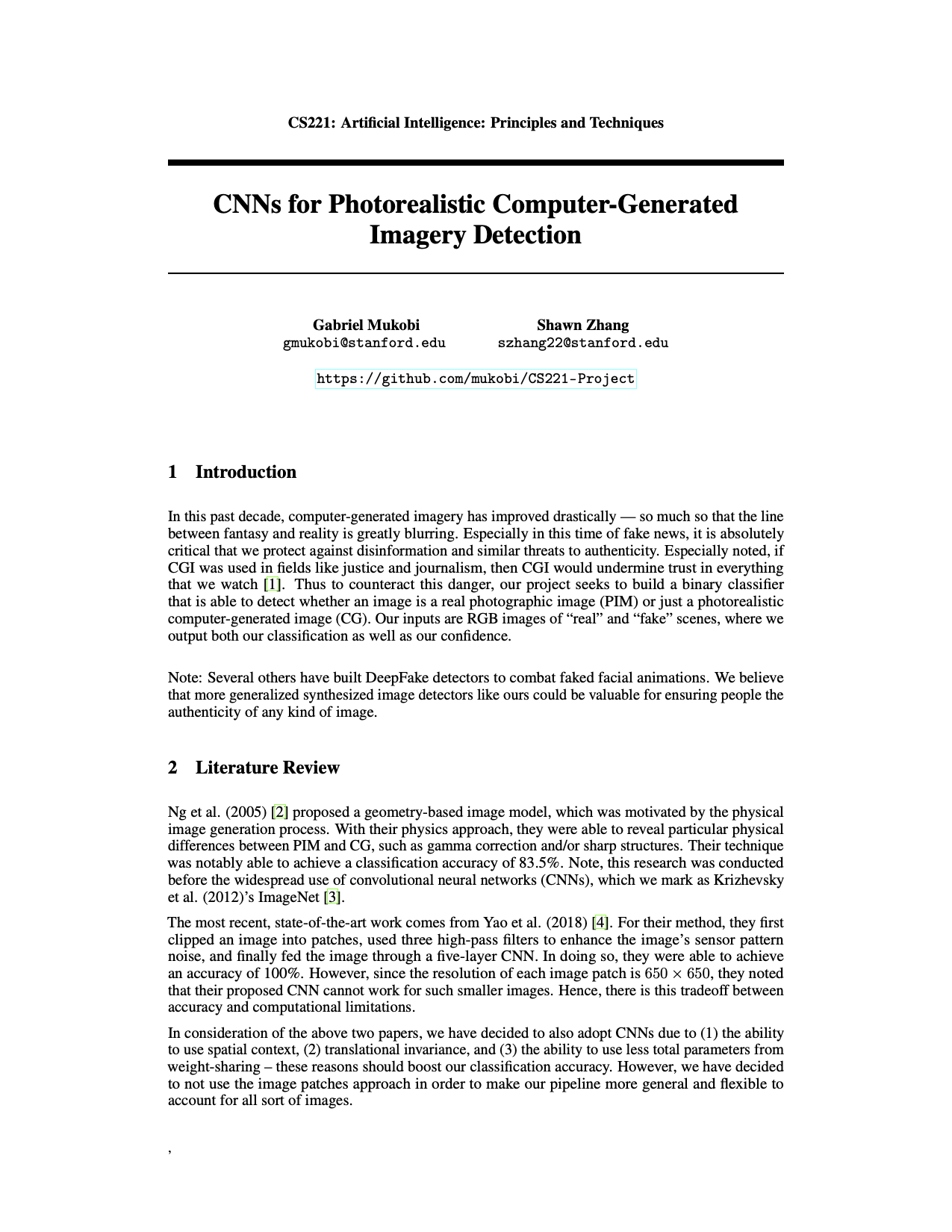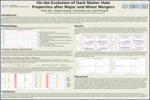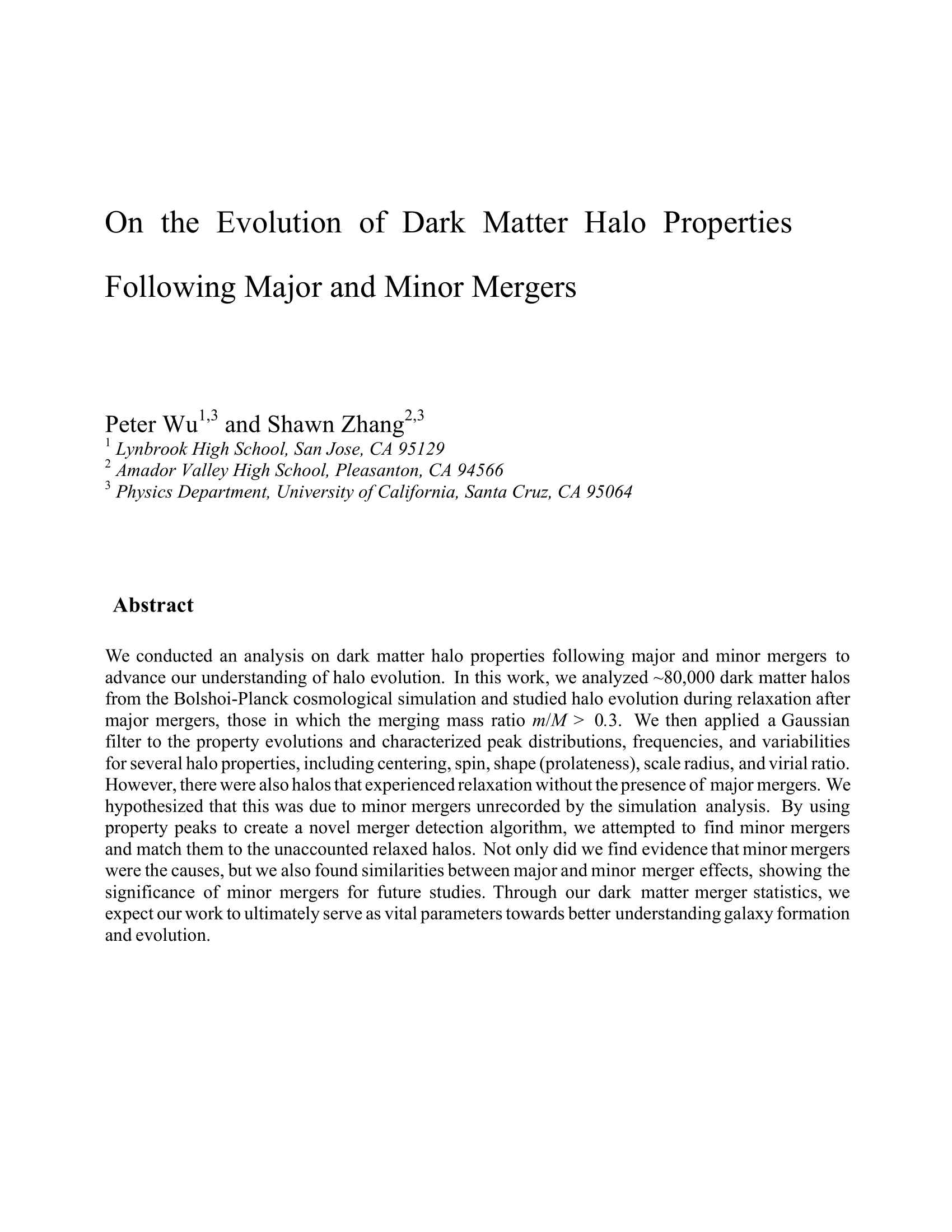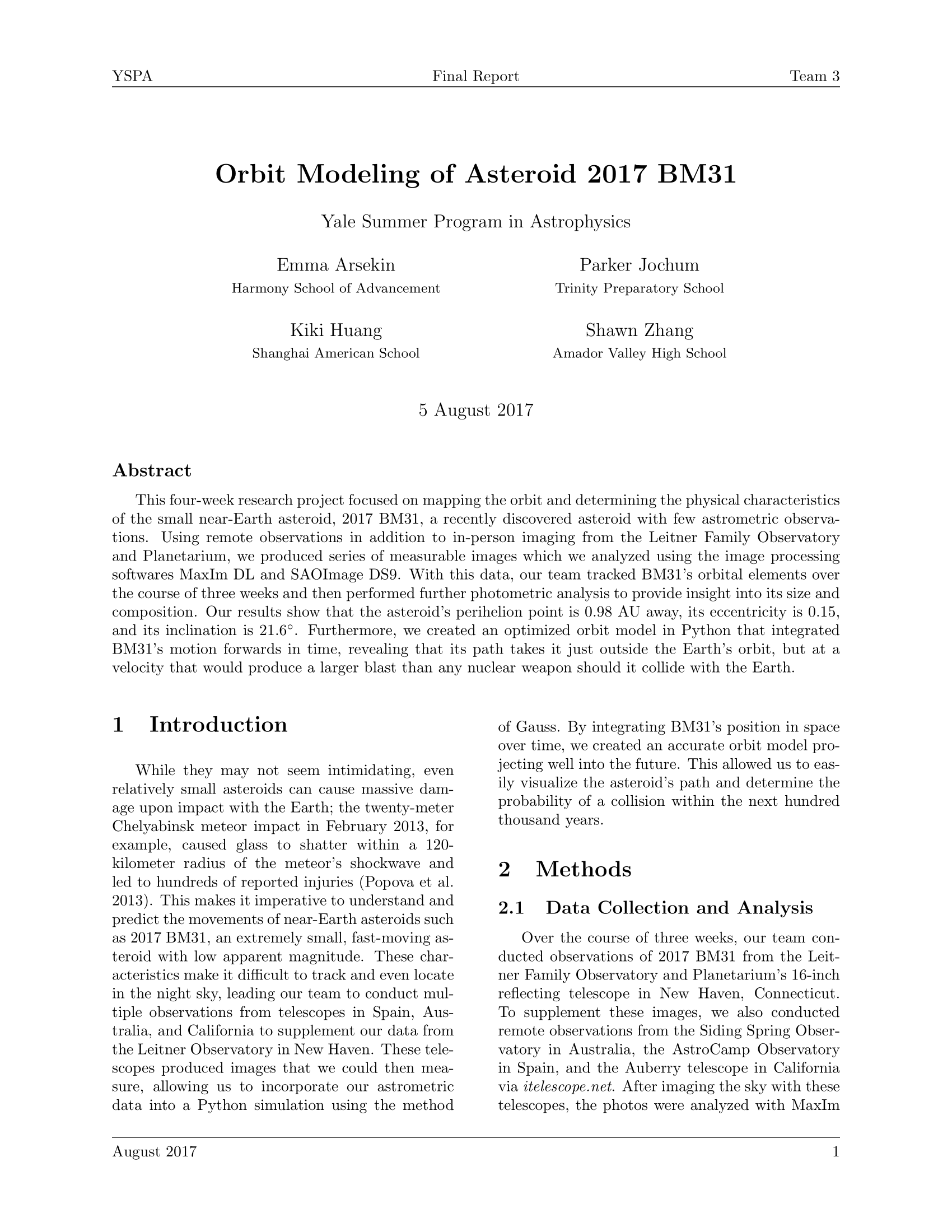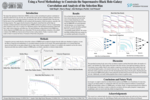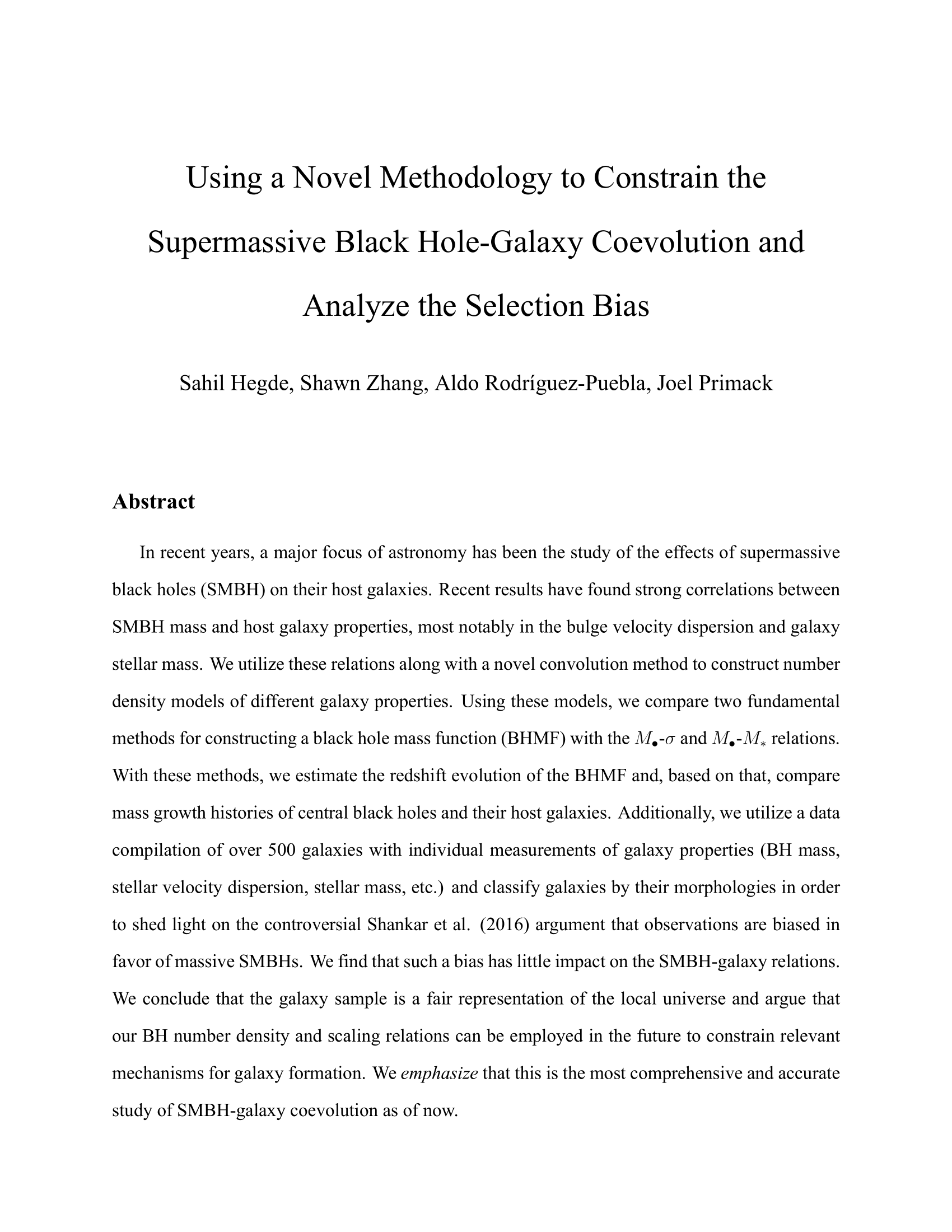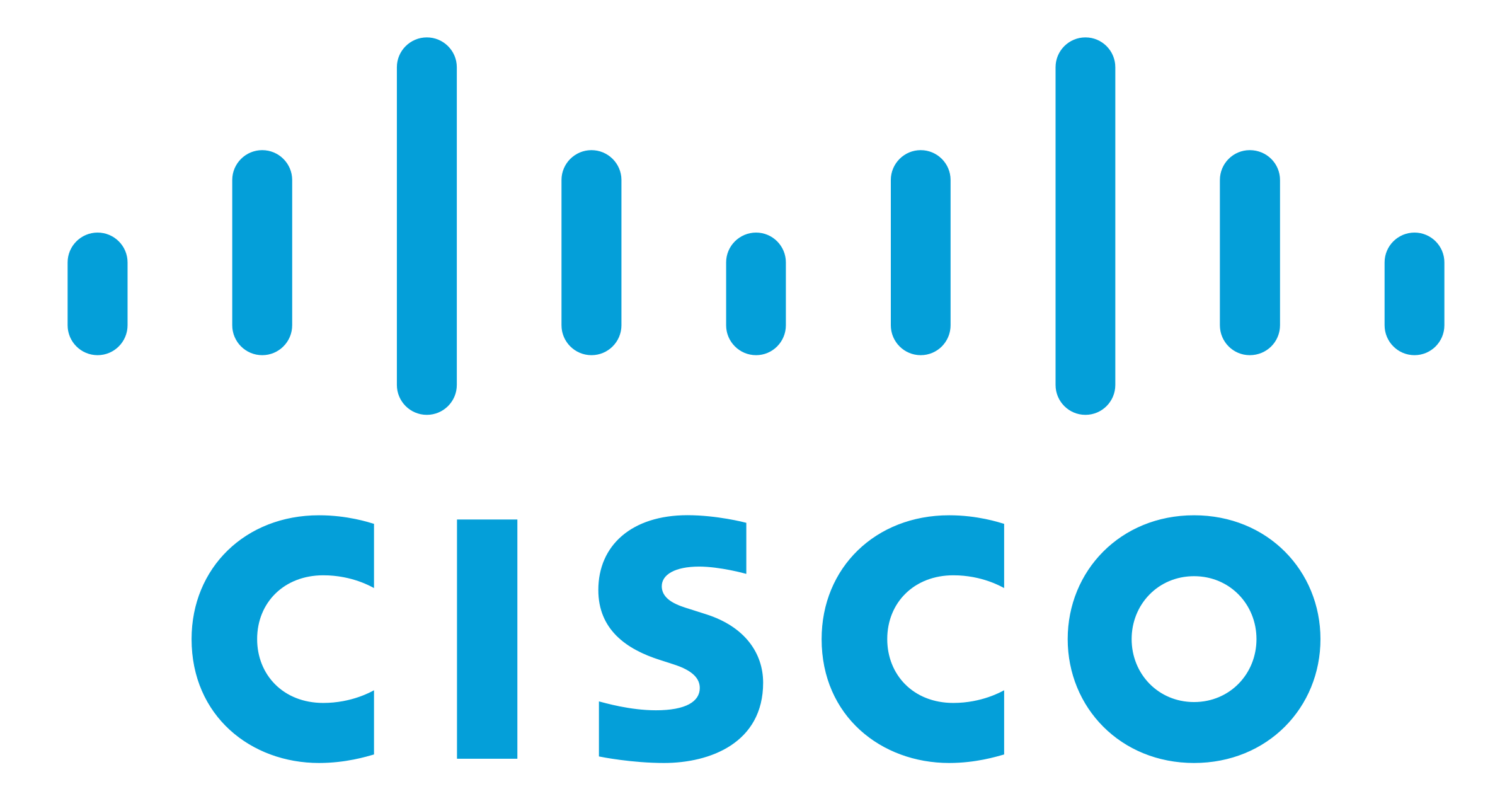
Cisco Systems
IoT Software Engineering Intern | 06/19 - 09/19
- Project Deep Edge - Developed an easy-to-use framework to collect/update training data, convert ML/DL models to target Cisco Edge hardware, such as IR8x9 and IC3K
- Created frontend (in HTML/CSS) and backend (in Flask) of website that converted neural-network models (Keras, PyTorch, ONNX, TensorFlow) to TVM
- Use Case - Made autoencoder LSTM model for real-time vibration anomaly detection (tested via Raspberry Pi)
- Successfully enabled deep learning on edge devices (anticipating demonstration for Cisco Live)
- Patent Pending:
[Industrial IoT] System and Method for Vibration-Based Zero Touch Precision Fault Detection
Oppia
Open-source Contributor | 09/18 - 05/19
- Part of Stanford's Code the Change club
- Contributed towards analytics project in improving lesson flow towards online learning platform
- Developed in AngularJS for frontend and Python for backend
- Implemented end-to-end testing

